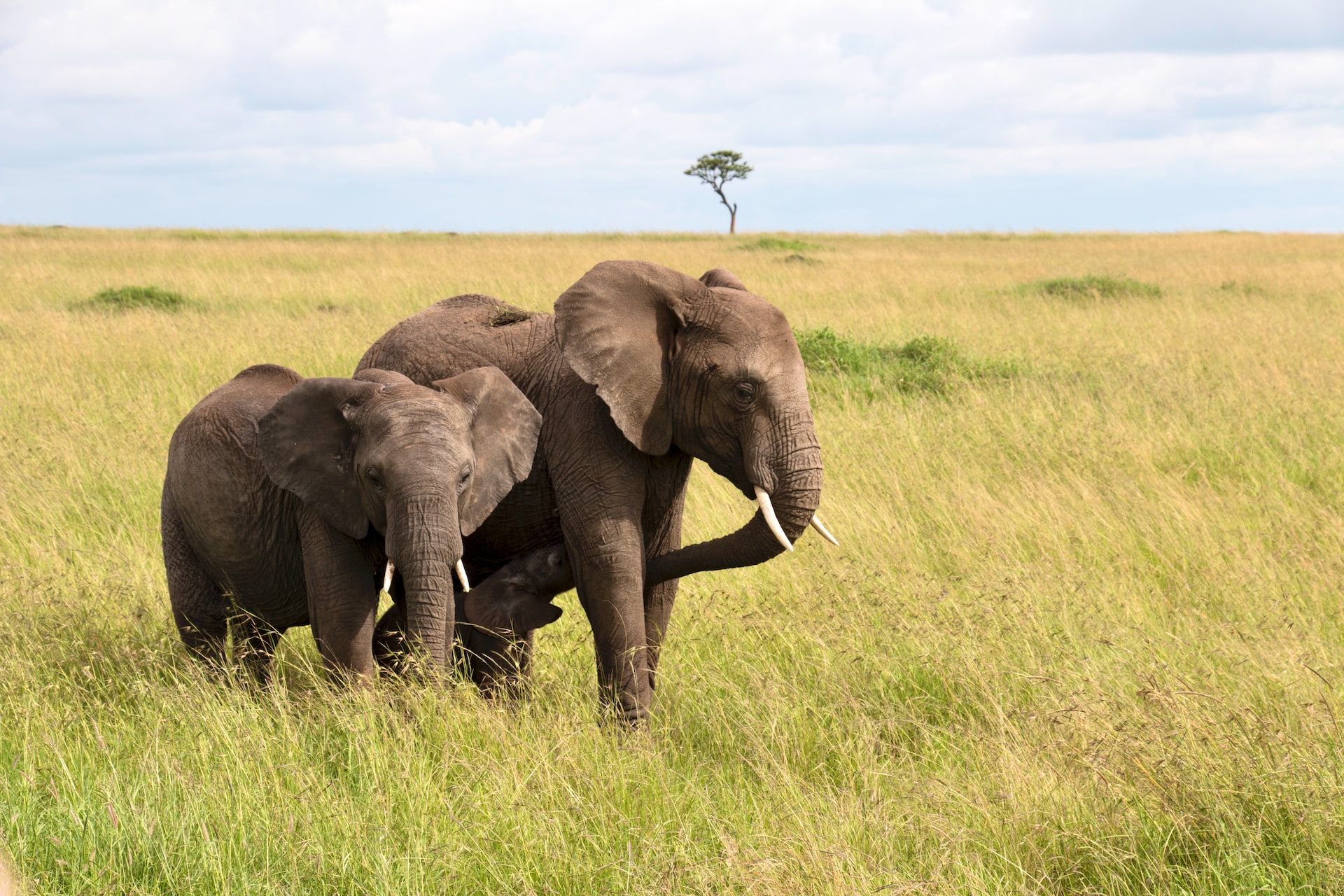10 Fascinating Facts About Elephants You Didn’t Know

Elephants are among the most fascinating creatures on the planet, and there are so many interesting facts about them that most people are not aware of. From their massive size to their unique physical features and social behavior, elephants never cease to amaze us. However, despite their majesty and importance to the ecosystem, elephants are facing numerous threats, including habitat loss, human-wildlife conflict, and poaching.
Elephants are fascinating creatures that have captured the hearts of people around the world. With their incredible intelligence, social behavior, and unique physical features, they have become a symbol of strength, wisdom, and loyalty.
In this article, we will explore ten fascinating facts about elephants that highlight their uniqueness and the need to protect them.
Size and weight
Elephants are the largest land animals in the world, with adult males weighing up to 14,000 pounds and standing up to 13 feet tall. Females are smaller, but still impressive, weighing up to 8,000 pounds and standing up to 9 feet tall.
Trunks
One of the most distinctive features of elephants is their long, flexible trunks. These trunks are actually elongated noses that can be used to smell, touch, and even manipulate objects. Elephants use their trunks to drink water, grab food, and communicate with each other.
Teeth
Elephants have a unique set of teeth that are constantly growing and being replaced throughout their lives. They use their tusks, which are actually elongated incisors, to defend themselves and gather food. Elephants also have large molars that they use to grind up tough vegetation.
Intelligence
Elephants are known for their exceptional intelligence and problem-solving skills. They have been observed using tools, showing empathy, and even mourning their dead. They also have incredible memories and can recognize individual humans and other elephants years after they last encountered them.
Social behavior
Elephants are highly social animals that live in matriarchal groups led by the oldest and most experienced female, called the matriarch. These groups can consist of up to 100 individuals and are known for their strong bonds and cooperative behavior.
Communication
Elephants use a variety of vocalizations, including trumpets, grunts, and roars, to communicate with each other. They also use body language, such as ear flapping and trunk gestures, to convey emotions and intentions.
Migration
Some elephant populations migrate long distances in search of food and water. These migrations can cover hundreds of miles and involve large herds of elephants traveling together.
Endangered status
Despite their strength and resilience, elephants are under threat from poaching, habitat loss, and human conflict. Both African and Asian elephants are listed as endangered species, and conservation efforts are underway to protect them.
Lifespan
Elephants have a long lifespan compared to many other animals. In the wild, they can live up to 70 years, while in captivity they can live even longer.
Poaching
Elephants are hunted for their ivory tusks, which are highly prized in some cultures. This has led to a significant decline in elephant populations, with some estimates suggesting that as few as 415,000 elephants remain in the wild.
Elephants are truly remarkable creatures that inspire awe and wonder in those who encounter them. From their enormous size and strength to their intelligence and social behavior, they are a testament to the incredible diversity and beauty of the natural world. Elephants are a vital part of our natural world, and their survival is crucial to maintaining the balance of ecosystems where they live.
As we learn more about these magnificent creatures, we are also discovering how much they need our help. With habitat loss, human-wildlife conflict, and poaching posing a significant threat to elephant populations, it is essential that we do everything we can to protect them.
Through conservation efforts, such as anti-poaching patrols, habitat protection, and community-based conservation programs, we can ensure that future generations will be able to experience the wonder and awe of these gentle giants.





